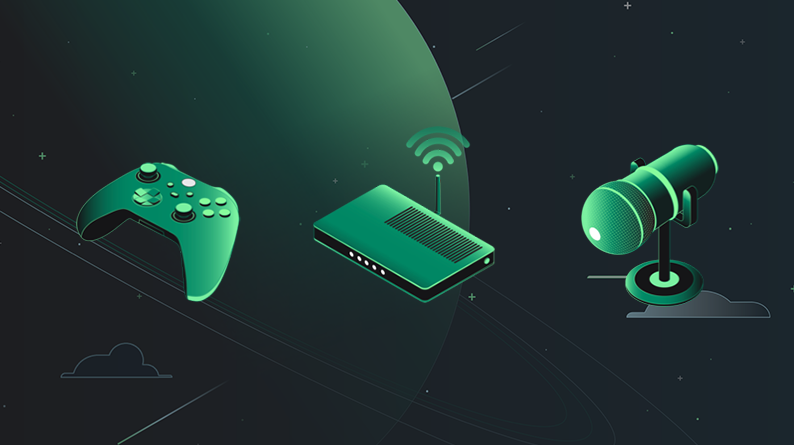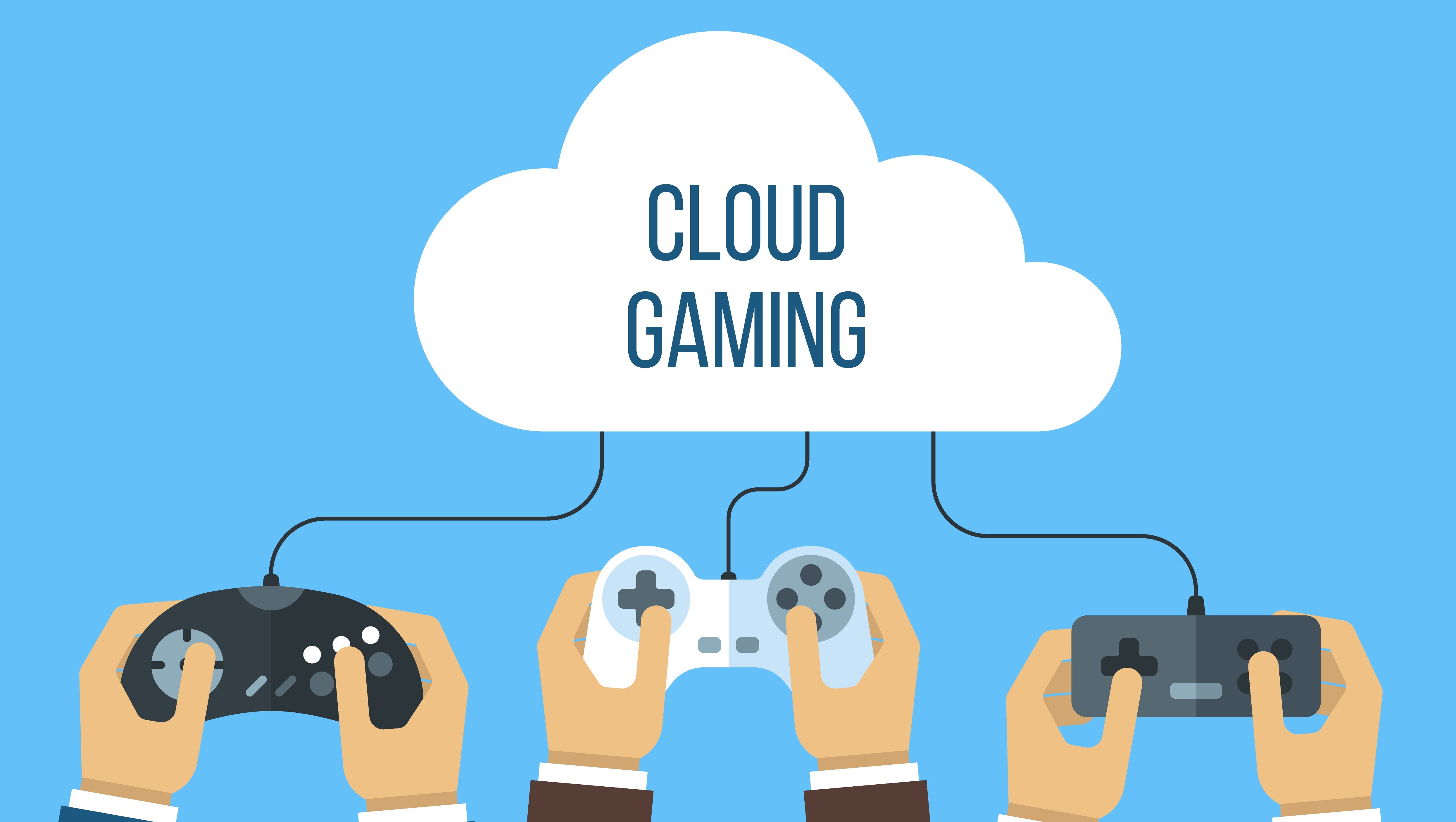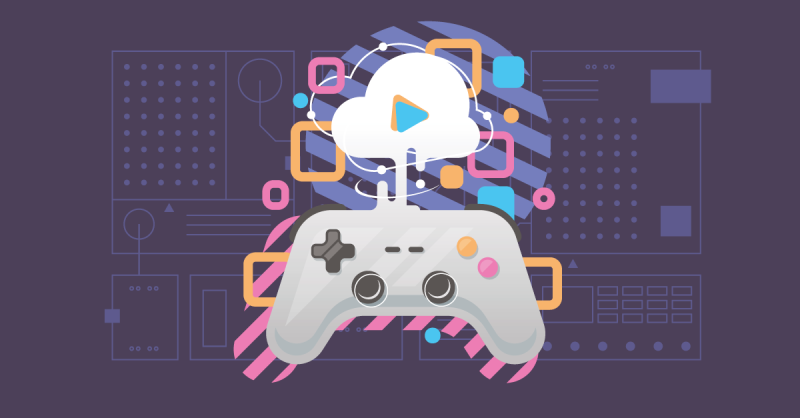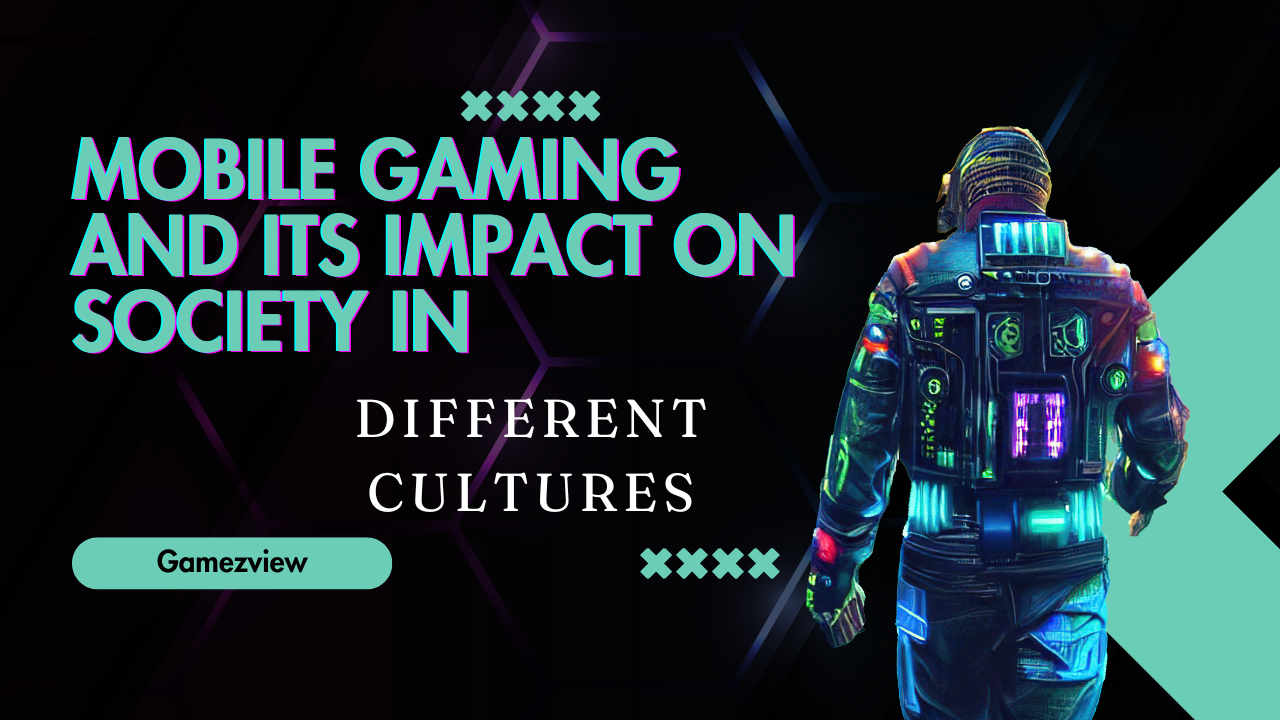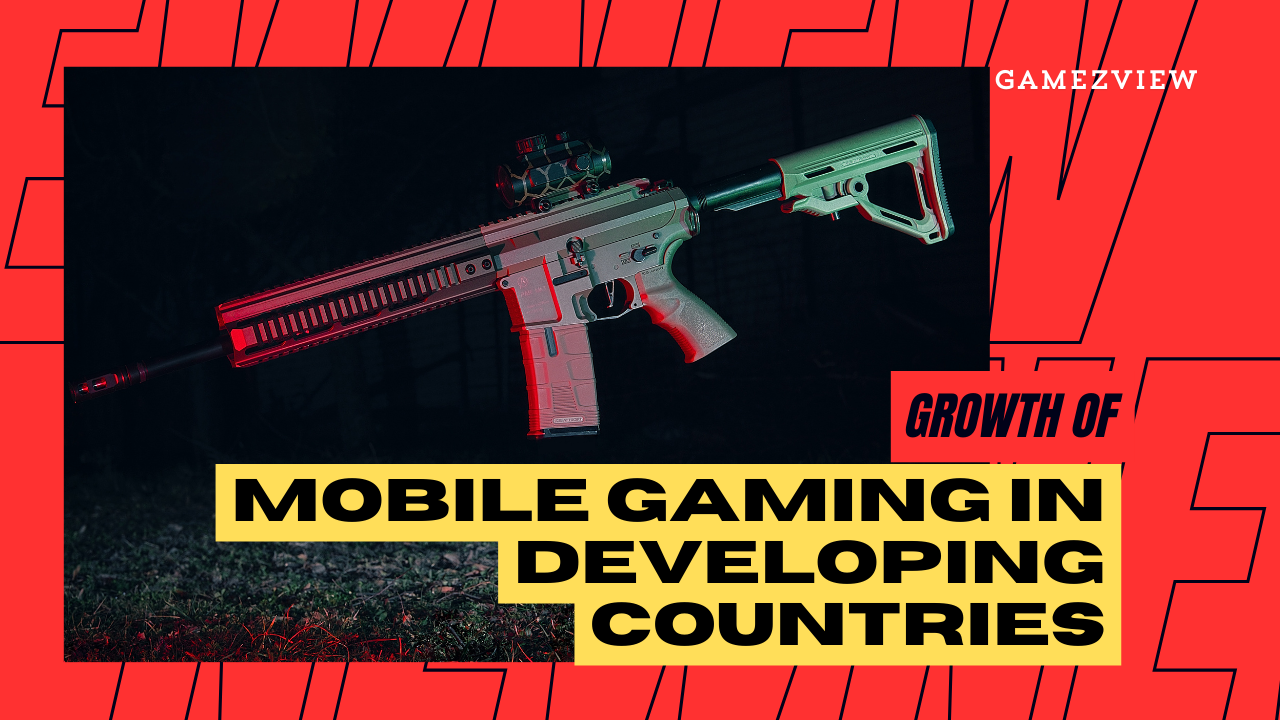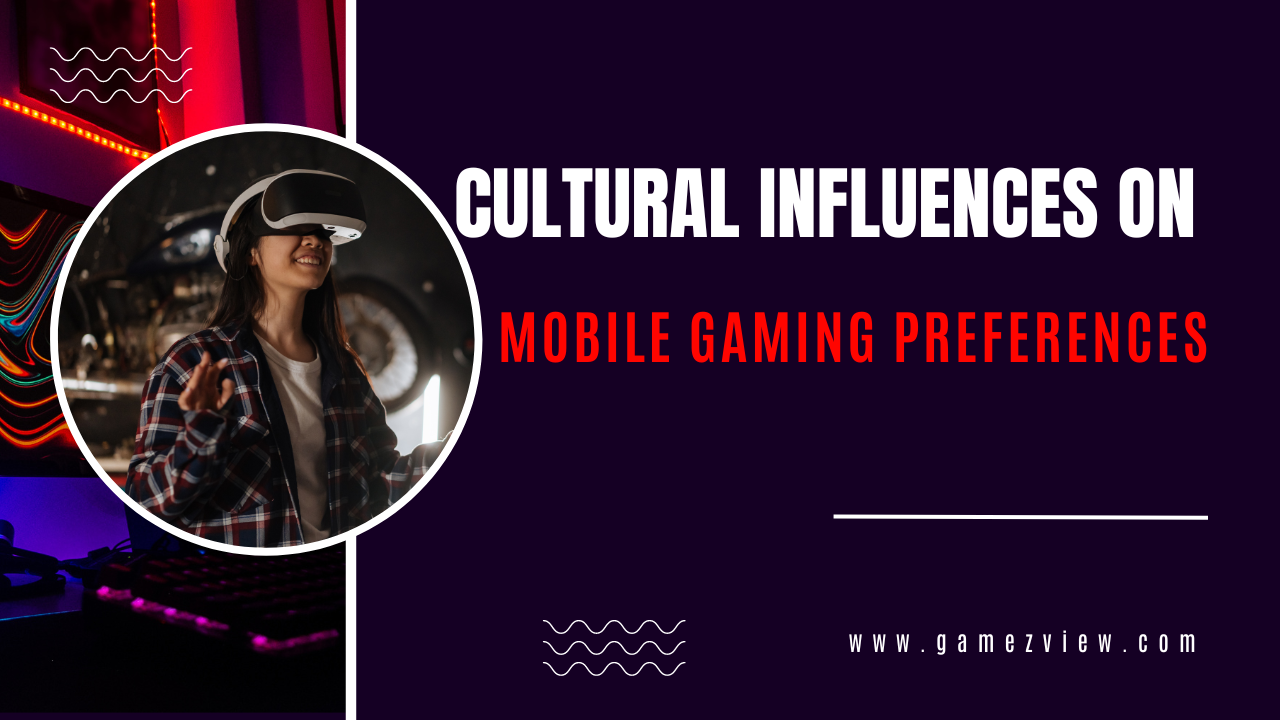Cloud gaming, once a futuristic concept, has now become a reality reshaping the landscape of the gaming industry. In this article, we delve into the current state of cloud gaming, explore its advantages, challenges, and technological innovations, examine the major players in the market, and speculate on future trends and predictions.
Introduction to Cloud Gaming
Definition and Overview of Cloud Gaming
Cloud gaming, also known as gaming on demand or gaming-as-a-service, is a form of online gaming where users can stream video games directly from remote servers over the internet. Unlike traditional gaming, which requires games to be downloaded and installed locally on a device, cloud gaming allows players to access games instantly without the need for high-end hardware.
Evolution of Cloud Gaming Technology
The concept of cloud gaming traces its roots back to the early 2000s, but it wasn’t until the mid-2010s that advancements in internet infrastructure and streaming technology made it feasible on a large scale. Today, cloud gaming services offer a wide range of games, from indie titles to AAA blockbusters, accessible across various devices, including smartphones, tablets, PCs, and smart TVs.
Current State of the Cloud Gaming Market
The cloud gaming market is experiencing rapid growth, driven by factors such as the proliferation of high-speed internet connectivity, the popularity of subscription-based services, and the increasing demand for on-the-go gaming experiences. While still in its infancy compared to traditional gaming platforms, cloud gaming has the potential to revolutionize how games are played and distributed in the future.
Advantages of Cloud Gaming
Accessibility and Convenience
One of the primary advantages of cloud gaming is its accessibility and convenience. With cloud gaming services, players no longer need to invest in expensive gaming hardware or wait for lengthy downloads and installations. Instead, they can instantly stream games to any compatible device with an internet connection, allowing for seamless gaming experiences anywhere, anytime.
Lower Hardware Requirements
Cloud gaming eliminates the need for high-end gaming hardware, as all processing and rendering tasks are offloaded to remote servers. This significantly lowers the barrier to entry for gamers who may not have access to powerful PCs or consoles, democratizing access to high-quality gaming experiences for a broader audience.
Seamless Cross-Platform Play
Cloud gaming also enables seamless cross-platform play, allowing players to access their game libraries and progress across multiple devices. Whether playing on a PC, console, or mobile device, gamers can pick up right where they left off, fostering a more connected and inclusive gaming community.
Challenges and Limitations
Latency and Input Lag
One of the most significant challenges facing cloud gaming is latency, the delay between inputting a command and seeing the corresponding action on screen. While advances in streaming technology have reduced latency to some extent, it remains a concern, particularly for fast-paced competitive games where split-second reactions are critical.
Internet Infrastructure and Bandwidth Requirements
Cloud gaming relies heavily on robust internet infrastructure and high-speed broadband connections. However, many regions still lack reliable internet access or have limited bandwidth, making it challenging for players to enjoy a smooth and uninterrupted gaming experience.
Licensing and Rights Issues
The licensing and rights issues surrounding cloud gaming are complex and multifaceted. Game publishers must negotiate agreements with cloud gaming providers to distribute their titles via streaming platforms, leading to potential conflicts over revenue sharing, exclusivity deals, and content availability.
Technological Innovations
Edge Computing and 5G Networks
Technological innovations such as edge computing and 5G networks hold promise for addressing some of the challenges facing cloud gaming. Edge computing brings processing power closer to the end-user, reducing latency and improving responsiveness, while 5G networks offer faster and more reliable connectivity, enabling smoother streaming experiences on mobile devices.
Advances in Video Compression and Streaming Protocols
Advances in video compression and streaming protocols have also contributed to the evolution of cloud gaming technology. New techniques such as real-time adaptive bitrate streaming (ABR) and low-latency video codecs help optimize video quality and reduce buffering, enhancing the overall streaming experience for players.
Integration of Cloud Gaming with VR and AR
The integration of cloud gaming with virtual reality (VR) and augmented reality (AR) represents an exciting frontier for innovation. By offloading resource-intensive rendering tasks to remote servers, cloud gaming can enable immersive VR and AR experiences on lightweight, portable devices, opening up new possibilities for interactive entertainment.
Major Players in the Cloud Gaming Industry
Google Stadia
Google Stadia, launched in 2019, is one of the most prominent cloud gaming platforms on the market. With its robust infrastructure and integration with Google’s ecosystem, Stadia offers a diverse library of games and features, including 4K streaming, multiplayer gaming, and YouTube integration.
Microsoft xCloud
Microsoft xCloud, part of the Xbox Game Pass Ultimate subscription service, allows players to stream a vast catalogue of Xbox games to their devices. With Microsoft’s extensive experience in gaming and cloud computing, xCloud offers high-quality streaming experiences and seamless integration with Xbox consoles and Windows PCs.
NVIDIA GeForce Now
NVIDIA GeForce Now is a cloud gaming service that leverages the power of NVIDIA’s GeForce GPUs to deliver smooth and responsive gaming experiences. With support for PC, Mac, and Android devices, GeForce Now enables players to stream their existing game libraries from popular digital storefronts like Steam and Epic Games Store.
Sony PlayStation Now
PlayStation Now, Sony’s cloud gaming service, offers a wide selection of PlayStation games spanning multiple generations. With features like game streaming, downloadable games, and cloud saves, PlayStation Now provides a flexible and convenient gaming experience for PlayStation owners and PC users alike.
Amazon Luna
Amazon Luna is a cloud gaming service from e-commerce giant Amazon, offering a curated library of games and channels for players to subscribe to. With its Luna Controller and Twitch integration, Luna aims to provide a seamless and social gaming experience across multiple devices, including Fire TV, PC, and mobile.
Other Emerging Platforms and Services
In addition to the major players mentioned above, several other emerging platforms and services are vying for a share of the cloud gaming market. From niche offerings targeting specific genres or demographics to innovative startups experimenting with new business models, the competition in the cloud gaming space is fierce and rapidly evolving.
The Impact on Gaming Hardware and Retail
Shift towards Subscription-Based Models
The rise of cloud gaming has led to a shift in how games are consumed and monetized, with an increasing emphasis on subscription-based models. Instead of purchasing individual games outright, players can subscribe to monthly services like Xbox Game Pass, PlayStation Now, or Google Stadia Pro, gaining access to a vast library of games for a fixed fee.
Potential Decline in Console and PC Sales
As cloud gaming becomes more prevalent and accessible, there is speculation about the long-term impact on traditional gaming hardware sales. With the ability to stream high-quality games to any device, players may opt for cloud gaming subscriptions over purchasing expensive consoles or gaming PCs, leading to a potential decline in hardware sales for console manufacturers and PC vendors.
Evolution of Gaming Hardware and Accessories
Despite the rise of cloud gaming, there will always be a market for dedicated gaming hardware and accessories. Console manufacturers and PC vendors are likely to innovate and adapt to changing consumer preferences, focusing on features like performance, customization, and integration with cloud gaming services to remain competitive in the evolving gaming landscape.
Opportunities for Game Developers
Lower Barriers to Entry
Cloud gaming offers significant opportunities for indie developers and small studios to bring their games to a global audience. With lower barriers to entry and reduced reliance on traditional publishers, developers can self-publish their games on cloud gaming platforms, reaching millions of players without the need for costly marketing campaigns or distribution deals.
Expanded Reach and Audience
Cloud gaming also enables developers to tap into new markets and demographics that may have been inaccessible or overlooked in the past. By offering their games on streaming platforms accessible across a wide range of devices, developers can attract players from diverse backgrounds and regions, driving growth and diversity in the gaming industry.
New Monetization Models
In addition to traditional revenue streams like game sales and in-app purchases, cloud gaming opens up new monetization models for developers to explore. Subscription-based services, microtransactions, and tiered pricing structures offer alternative ways to monetize games and engage with players, providing greater flexibility and creativity in game design and business strategy.
Regulatory and Legal Considerations
Data Privacy and Security Concerns
The proliferation of cloud gaming raises concerns about data privacy and security, as players’ personal and gameplay data is stored and processed on remote servers. Developers and service providers must implement robust security measures and comply with data protection regulations to safeguard player information and maintain trust and confidence in cloud gaming platforms.
Compliance with International Regulations
Cloud gaming services operate in a global marketplace, necessitating compliance with a complex web of international regulations and legal frameworks. From content licensing and distribution agreements to tax laws and consumer protection regulations, developers and service providers must navigate a myriad of legal considerations to ensure compliance and mitigate risk.
Potential Antitrust Issues
The concentration of power and influence among major players in the cloud gaming industry may raise antitrust concerns related to competition and market dominance. Regulators and policymakers may scrutinize mergers, acquisitions, and exclusive partnerships within the industry to prevent anti-competitive behaviour and promote fair competition and consumer choice.
Consumer Adoption and Market Trends
Growth of Cloud Gaming Subscriptions
Despite some challenges and limitations, consumer adoption of cloud gaming is on the rise, driven by factors such as increasing internet penetration, advancements in technology, and the appeal of subscription-based models. With more players embracing cloud gaming services, the market is poised for continued growth and innovation in the coming years.
Regional Differences in Adoption Rates
Cloud gaming adoption rates vary significantly across different regions and markets, influenced by factors such as internet infrastructure, device penetration, and cultural preferences. While developed markets like North America and Europe lead in terms of adoption and revenue, emerging markets in Asia-Pacific and Latin America present untapped opportunities for growth and expansion.
Demographic Shifts in Gaming Habits
Cloud gaming has the potential to reshape gaming habits and preferences among different demographics, from casual mobile gamers to hardcore console enthusiasts. With its emphasis on accessibility, convenience, and social connectivity, cloud gaming appeals to a broader audience, including older adults, families, and non-traditional gamers, diversifying the player base and driving inclusivity in gaming culture.
Predictions for the Future of Cloud Gaming
Continued Technological Advancements
The future of cloud gaming is bright, with continued advancements in technology expected to address existing challenges and limitations. From improvements in streaming quality and latency reduction to innovations in content delivery and immersive experiences, cloud gaming will continue to evolve and push the boundaries of what’s possible in interactive entertainment.
Consolidation and Competition among Service Providers
As the cloud gaming market matures, we can expect to see consolidation and competition among service providers as they vie for market share and differentiation. Mergers, acquisitions, and strategic partnerships may reshape the competitive landscape, with players seeking to strengthen their offerings, expand their reach, and differentiate themselves through exclusive content and features.
Integration with Other Forms of Entertainment Media
Cloud gaming is likely to become more integrated with other forms of entertainment media, blurring the lines between gaming, streaming, and social networking. We may see closer integration between cloud gaming platforms and streaming services like Netflix and Spotify, as well as collaborations with film studios, music labels, and other content creators to offer more immersive and interactive experiences.
The future of cloud gaming is full of promise and potential, offering new opportunities for players, developers, and service providers alike. With its accessibility, convenience, and scalability, cloud gaming is poised to become an integral part of the gaming ecosystem, shaping the way games are played, distributed, and monetized in the years to come.
